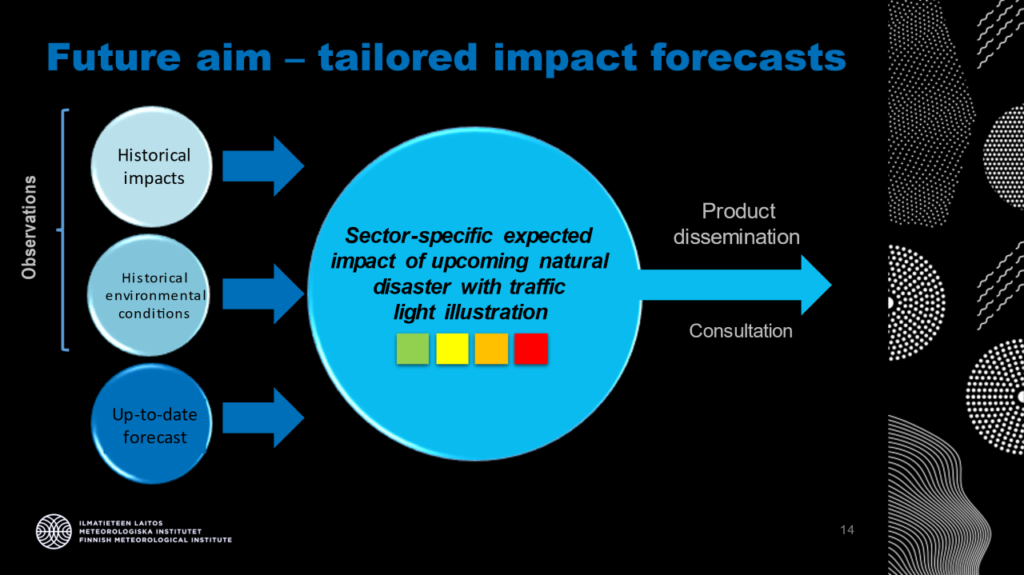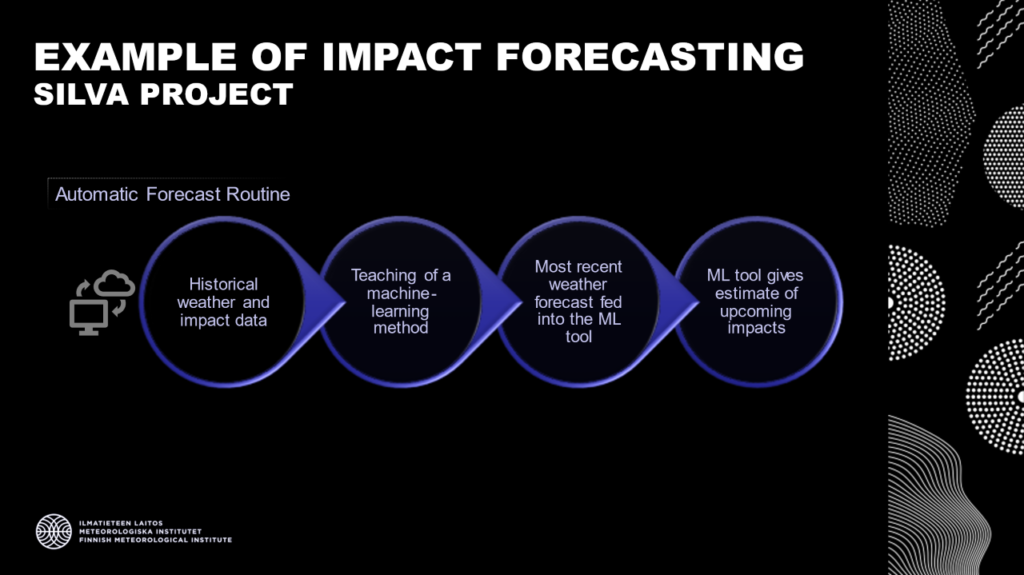Juhana Hyrkkänen, director of weather, sea and climate service at the Finnish Meteorological Institute (FMI), provides some insight into the department’s work on impact-based forecasting and how it is helping people and businesses to prepare for extreme weather incidents
Impact-based forecasting is a key topic in the industry at present, can you tell me a bit about your work in this area?
My department provides operational weather, sea and climate services for the whole Finnish society on a 24/7 basis. Our customer base includes the general public, authorities, as well as the commercial sector.
Impact-based forecasting is a new paradigm of weather forecasting. Traditional weather forecasts purely predict weather conditions such as temperature, precipitation and wind, whereas impact-based forecasts predict impacts of weather. This is not only related to weather but depends on many other parameters such as the time of a year, time of day, state of nature, region, human behavior and so on.
Why do we need impact-based forecasts?
Impact-based forecasts and warnings help end-users to make the right decisions at the right time. A traditional weather forecast or weather warning doesn’t help end-users if corresponding decisions and protective actions are not in place.
What impact-based forecasting services do you provide?
In the case of a storm for instance, we predict the amount of rescue tasks or households without electricity, which helps emergency services and electricity network operators to allocate resources in an effective manner. This enables society to recover faster from the storm. Other applications include a snow plowing timing system, to calculate the time when the snow on the road must be plowed, and an energy weather forecast, to calculate estimation of electricity production and consumption.
What is a typical scenario where an impact-based forecast is created and distributed?
An upcoming storm is the most typical weather event where impact-based forecasting applies. The amount of forest damage, electricity outages and car accidents are typical outputs. Results are based on historical data and machine learning (ML), so they are as good as the historical data available. Results are getting better as the teaching period for the ML increases. We just got positive feedback from one open air park that our estimation of visitor numbers was working very well last summer.

Are you working with any met agencies from different countries to help them improve their impact-based forecasting capabilities?
Not extensively so far. However, in the past decades, more than 100 countries have been assisted in international co-operation in the field of meteorology worldwide by FMI. If impact data is available in a target country, it is possible to apply the system anywhere.
What technologies are needed to create impact-based forecasts?
You need historical impact data, weather data and machine learning tools.
What technological advancements have taken place in recent years to facilitate the advent of impact-based forecasting?
The process is very data intensive and better availability of data helps a lot. The current trend of machine learning applications also promotes this work.
What do you have planned for 2023?
As for better availability of meteorological data, we are starting a new EU-funded project called RODEO with our European stakeholders. This aims to enable open discovery and access to European meteorological ‘high-value data sets’. This is going to be a one-stop-shop for meteorological weather observations in the European context.




